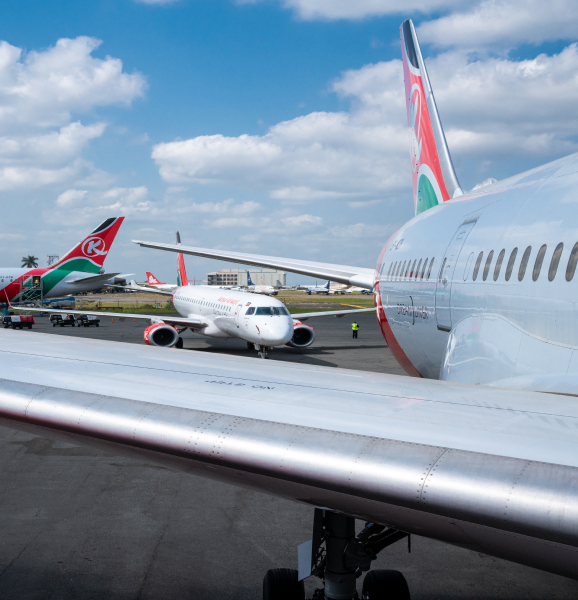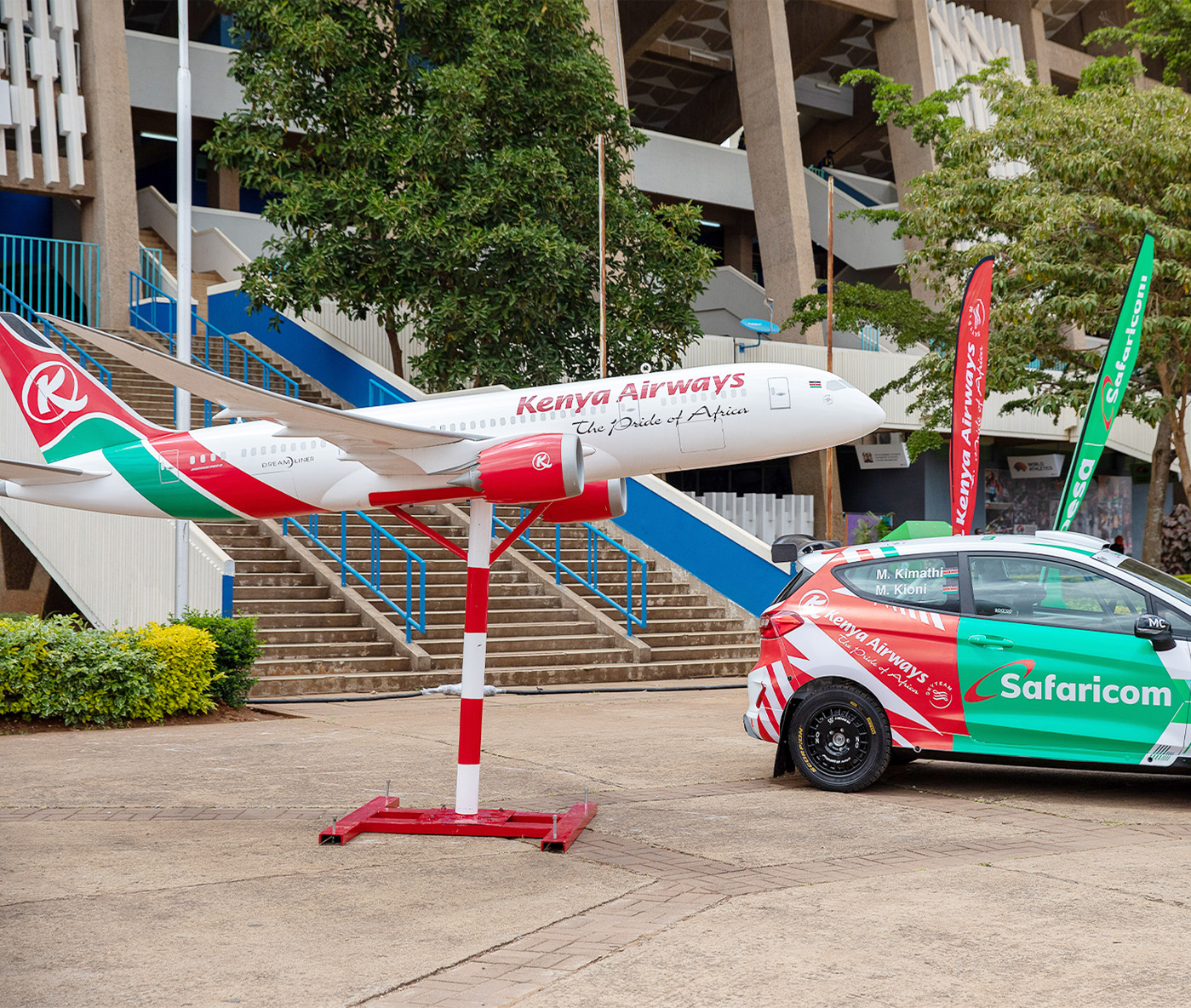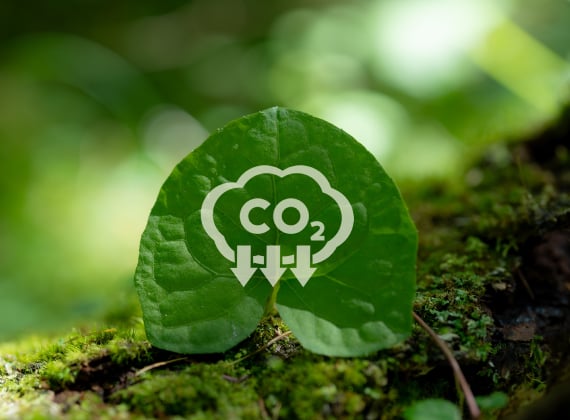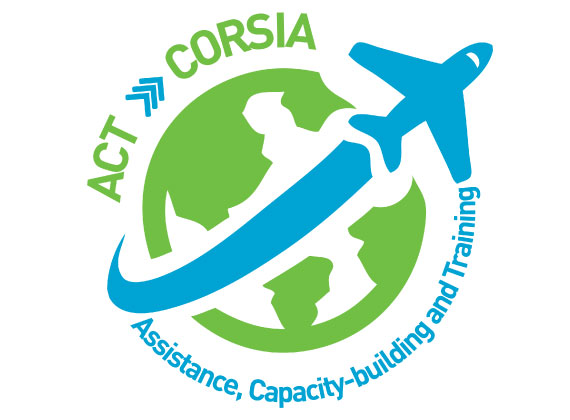Fuel management.
Our primary goal is to enhance fuel efficiency and operational effectiveness across the lifespan of our aircrafts. This entails flight planning to optimize routes and minimize fuel consumption. Additionally, we conduct comprehensive in-house aircraft maintenance to ensure peak fuel efficiency. Our quality department conducts routine checks to detect and rectify any issues that may impact fuel consumption. Kenya Airways has also instituted operational protocols and industry best practices to maximize fuel efficiency during all phases of flight operations.
Fleet optimization.
Through analysis of route demand, passenger load factors, and aircraft performance characteristics, we identify opportunities to deploy the most fuel-efficient aircraft on each route. This may involve right-sizing aircraft to match capacity with demand, utilizing newer aircraft models with advanced fuel-saving technologies, and optimizing flight schedules to maximize fuel efficiency.
Facilities energy audit
Our energy audits offer valuable insights into the utilization of energy, pinpointing specific areas where enhancements in energy efficiency are viable. These assessments quantify the potential energy savings achievable through diverse efficiency measures. By juxtaposing our energy consumption data with industry benchmarks, we discern areas ripe for improvement and establish targeted energy efficiency goals. Additionally, these audits facilitate compliance with regulatory standards, ensuring adherence to pertinent energy regulations.
Energy Management Commitment
At Kenya Airways, Kenya Airways is committed to managing our energy resources. We prioritize the adoption of Sustainable Aviation Fuel (SAF) to reduce our reliance on fossil fuels and minimize our carbon footprint in the air. On the ground, Kenya Airways is dedicated to transitioning our ground equipment fleet away from diesel and petrol to cleaner alternatives, further reducing emissions and environmental impact. Additionally, we strive to enhance energy efficiency in our buildings by minimizing electricity consumption by using renewable energy sources and energy-efficient technologies. Through these initiatives, we aim to contribute to the industry’s sustainable future, where energy is managed responsibly, and environmental impact is minimized.







